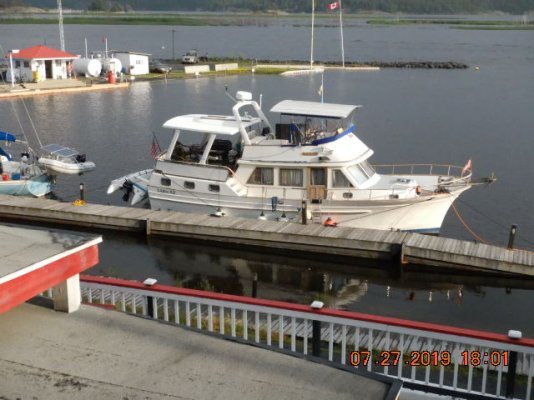O C Diver
Guru
- Joined
- Dec 16, 2010
- Messages
- 13,310
- Location
- Fort Myers, Florida
- Vessel Name
- End Of The Line
- Vessel Make
- Trinka 10 Dinghy
With the cleat located there, if it works, I would try the fender at the hawse pipe. It maybe be worth adding a smaller middle fender to make it work, but that position should be far enough forward of the cleat.The cleats aren't there yet, but here is where they will be when that project bubbles up to the top of my priority list. Proper backing plates and all. They are the subject of a separate thread here somewhere.
View attachment 159290
Too far aft for a fender, but as good as I can get for locking lines.
Ted

